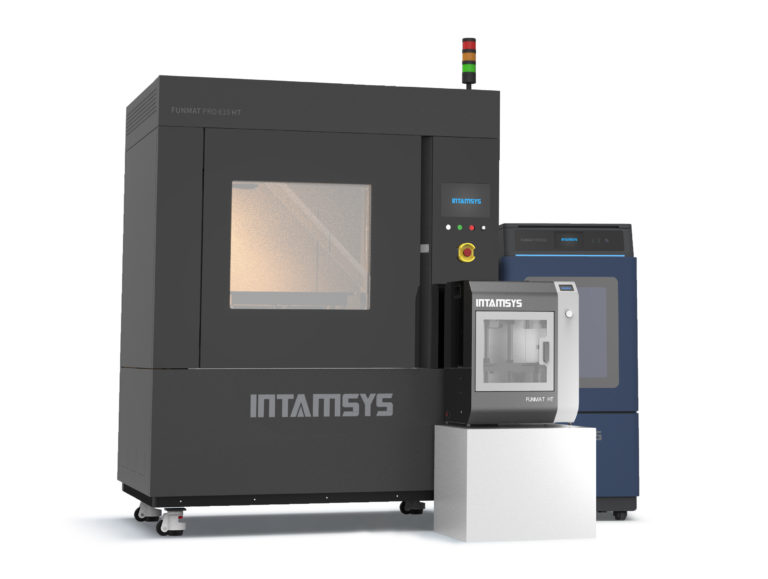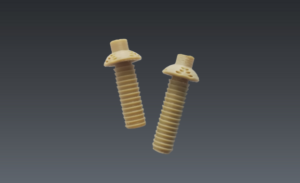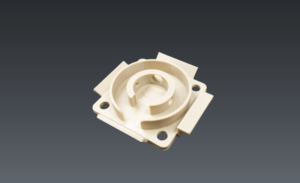3D Printing in Gas & Oil
Faster Product Development I Spare Parts I Low-volume Production
Advantages of using 3D printing
3D printing technology
Due to stricter environmental norms, volatile oil prices and increasing competition, oil and gas companies will increasingly use 3D printing as a mainstream manufacturing technology, reducing the overall cost for supply chain management, which will help them improve operational efficiency and promote growth.
- Shorten the time to market and effectively shorten the cycle of project development and verification.
- Lower operating costs and inventory, direct additive manufacturing of maintenance parts, can reduce equipment downtime and wait time.
- High degree of design freedom, from manufacturing-oriented design to functional demand-oriented design, thereby improving product efficiency.
Rapid Design Iteration
Leveraging on 3D Printing technology, engineers can quickly create functional prototypes of various designs.
These prototypes can then be tested for various structural, functional, and material properties. Based on the results, modifications to the designs can be made.
3D printing has significantly reduced the time to create prototypes of automotive parts, enabling a rapid iterative design process.
Availability of Spare Parts
Stocking the right amount of spares has become a major cost component for manufacturers. And, the life cycle of automotive parts is shortened as a result of a shorter time-to-market strategy.
With 3D printing, automotive parts manufacturers can maintain a digital repository of all spare parts and print them as and when required.
Manufacturers can now offer products support for a longer period of time thus increase the product life cycle.
Production Lead Time
Increasing use of 3D printing solutions in automotive parts is taking place to expedite production lead time for complex parts and parts that are required in niche quantities.
Time and cost savings from tooling is another significant advantage for manufacturers and some of them have started to 3D print parts such as chassis directly.
Applications
Different thermoplastic 3D printing materials have unique properties, including transparency, biocompatibility, FST certification, chemical resistance, heat resistance, and strength.
These properties make the task of material selection quite simple.
- ABS
- PA6/12-CF
- PC
- PEEK
Polymer material industrial grade 3D printer
The FUNMAT series of 3D printers use Fused Filament Fabrication (FFF) technology. FFF is one of the most widely used 3D printing processes, using industrial-grade thermoplastic materials to make durable and dimensionally stable parts.
The FUNMAT 3D printer series support open material selection and can support more than 20 kinds of 3D printing materials. It is an intelligent multi-material integrated 3D printing solution.
3D Printing Solutions



